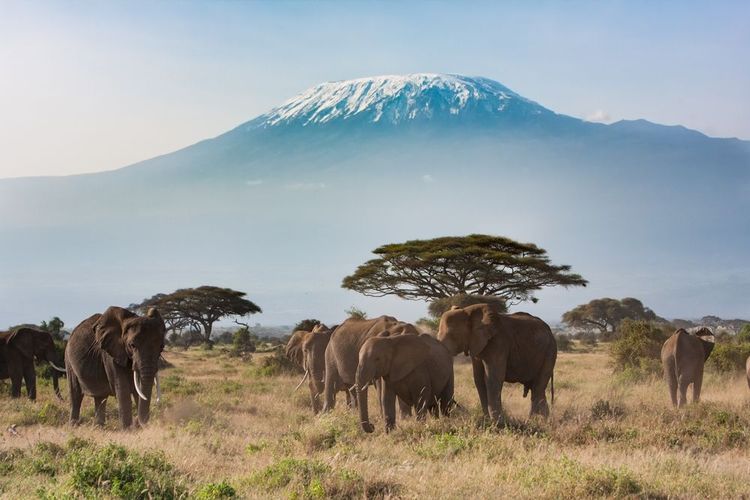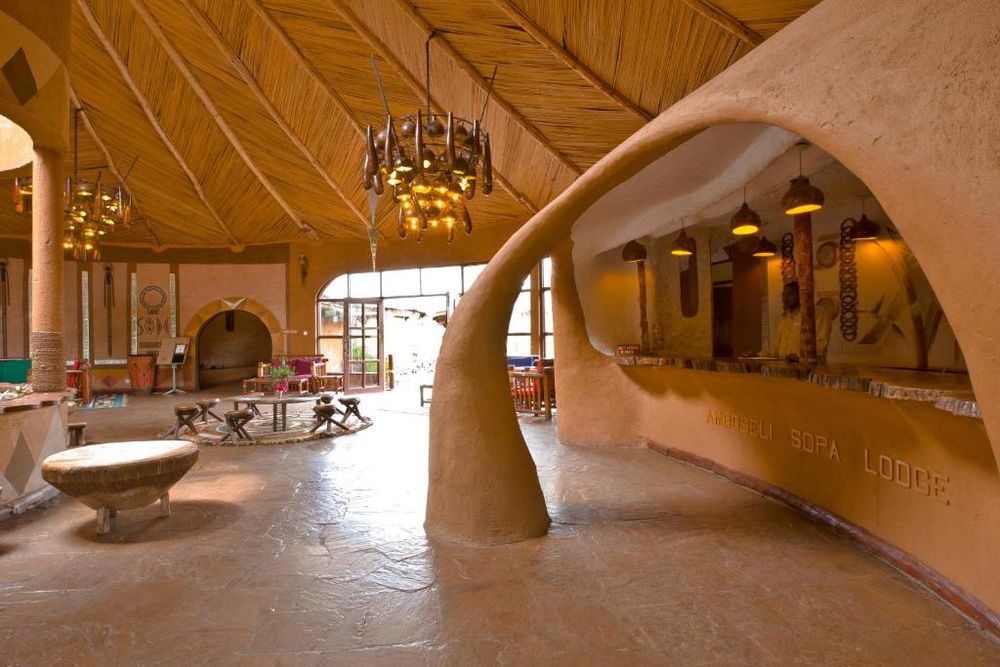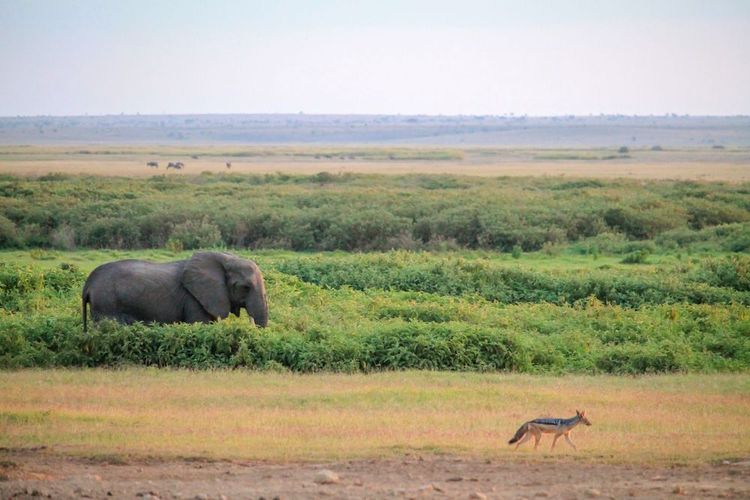The 392.06km2 Amboseli National Park lies in southern Kenya. Nestling at the foot of Kilimanjaro, what could be more symbolic than your first safari experience in this maze of wild dust? Although relatively small, the park was designated a UNESCO World Heritage Biosphere Reserve in 1980. This makes the park an absolute must for nature and wildlife lovers travelling to Kenya.
Amboseli, the Masai word for "salt dust", owes its name to the immense dry lake that lies at the centre of the park. The park has the specific characteristic of being dry in places and having an oasis of marshy greenery further afield. This great diversity helps to maintain an ecosystem that is conducive to animal well-being. The region was also once home to the Masai, who had to leave the park when it was declared a national park. They now live on the outskirts of the park.












